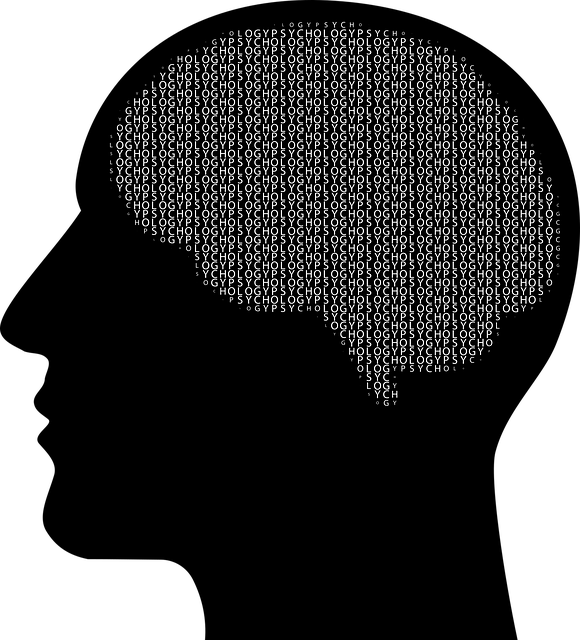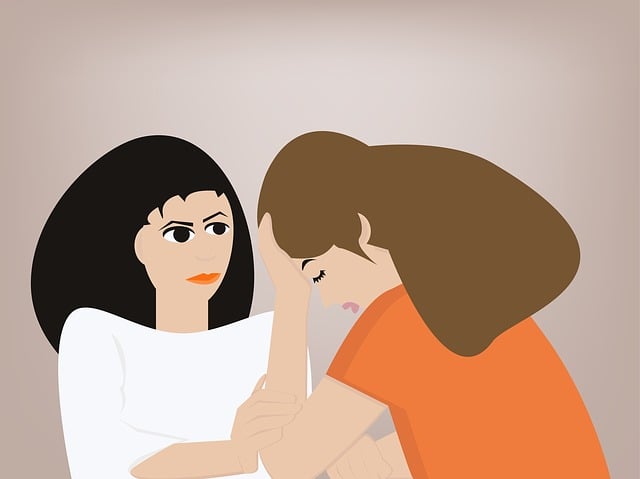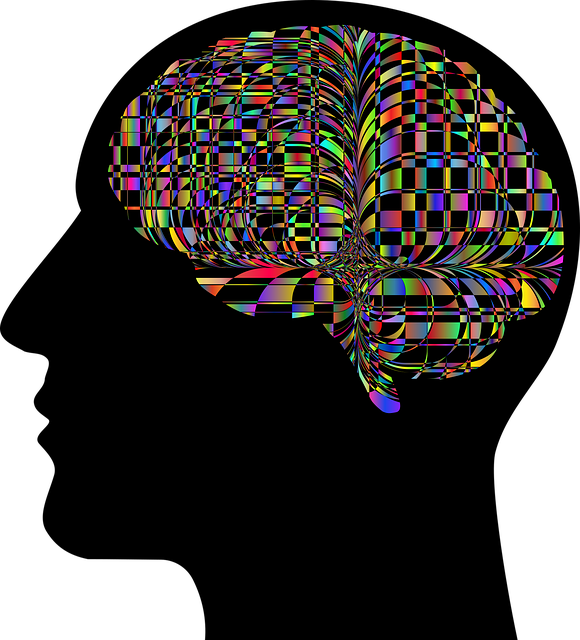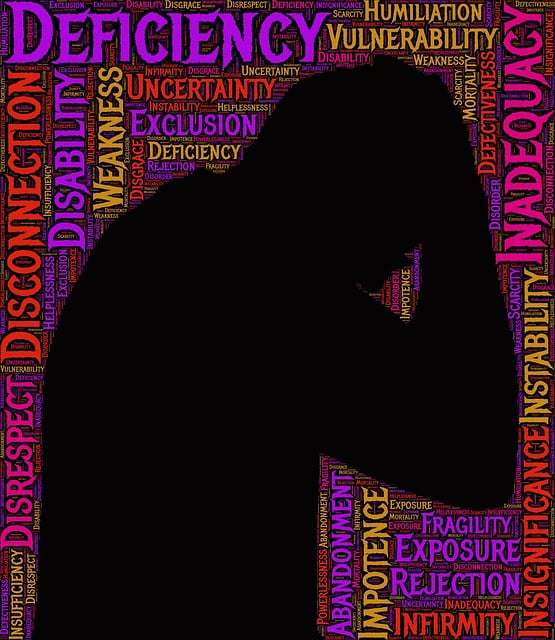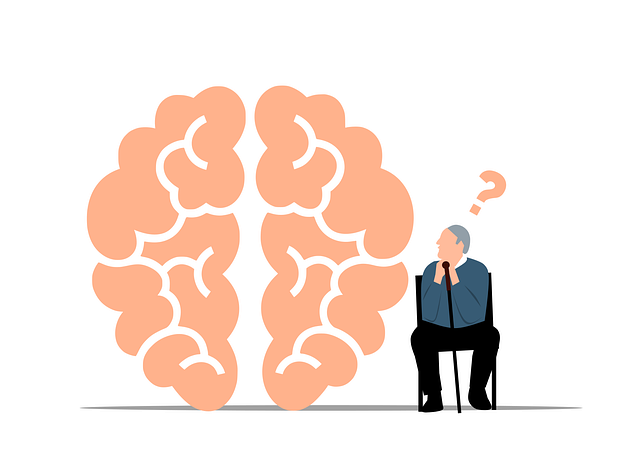Golden Chronic Pain Therapy (GCPT) community outreach programs address healthcare disparities by providing specialized chronic pain management to underserved populations. These initiatives, factoring in socio-economic status, racial disparities, and mental health integration, empower individuals with holistic practices, improved coping mechanisms, and renewed well-being. Effective GCPT outreach requires strategic blending of medical interventions and holistic techniques, tailored to diverse demographics for inclusive engagement. This multifaceted approach yields better outcomes, fostering confidence and resilience among chronic pain sufferers. Measuring success through participation rates, feedback, and public perception changes ensures long-term impact.
Community outreach programs play a pivotal role in addressing chronic pain, especially in diverse urban settings. This article explores the implementation of such programs, focusing on Golden Chronic Pain Therapy as a model for effective community engagement. We delve into why these initiatives matter and provide strategic insights for successful design and execution. Additionally, we discuss measurement techniques to evaluate the impact of outreach efforts, highlighting the importance of data-driven approaches in improving chronic pain relief within communities.
- Understanding Community Outreach: Why Golden Chronic Pain Therapy Matters
- Designing Effective Programs: Strategies for Success in Outreach
- Implementation and Impact: Measuring Results of Community Engagement Initiatives for Chronic Pain Relief
Understanding Community Outreach: Why Golden Chronic Pain Therapy Matters

Community outreach programs play a pivotal role in addressing healthcare disparities and enhancing access to specialized therapies for underserved populations. Among these programs, Golden Chronic Pain Therapy stands out as a transformative initiative, focusing on a prevalent yet often overlooked aspect of public health—chronic pain management. This approach is particularly significant given the rising rates of chronic pain across diverse communities, influenced by factors such as socio-economic status, racial disparities in healthcare, and mental health integration.
The implementation of Golden Chronic Pain Therapy underscores the importance of cultural sensitivity in mental healthcare practice. By tailoring interventions to meet the unique needs of different cultural backgrounds, these programs foster resilience building and confidence boosting among participants. This holistic perspective not only improves pain management but also empowers individuals to navigate life’s challenges with enhanced coping mechanisms and a renewed sense of well-being.
Designing Effective Programs: Strategies for Success in Outreach

Designing effective community outreach programs is an art that requires careful planning and a deep understanding of the target audience’s needs. At the heart of successful initiatives lies a strategic approach that addresses both physical and mental well-being, such as Golden Chronic Pain Therapy offers. By integrating specialized treatments with holistic practices, these programs can foster inner strength development in participants. For instance, incorporating workshops on social skills training and conflict resolution techniques empowers individuals to navigate challenging situations with newfound confidence and resilience.
A key strategy involves tailoring activities to cater to diverse demographics. This might include creating age-specific or gender-focused groups to ensure inclusive engagement. By promoting open communication and providing safe spaces for sharing experiences, the programs can address not just physical symptoms but also the psychological impacts of chronic pain. Such a multifaceted approach, combining medical interventions with social and emotional support, has been proven to yield better outcomes in community outreach efforts.
Implementation and Impact: Measuring Results of Community Engagement Initiatives for Chronic Pain Relief

Implementing community outreach programs for chronic pain relief involves a multi-faceted approach to ensure maximum impact and positive outcomes. These initiatives aim to raise public awareness about chronic pain, dispel myths, and offer support services tailored to the unique needs of individuals living with persistent pain. Well-structured programs can significantly improve access to Golden Chronic Pain Therapy, fostering a sense of community and empowering those affected.
Measuring the success of these outreach efforts is crucial for understanding their long-term impact. By evaluating participation rates, feedback from beneficiaries, and changes in public perception through surveys and focus groups, organizations can adapt their strategies. For instance, Public Awareness Campaigns Development can be assessed by tracking the reach and engagement of educational materials, while Trauma Support Services might measure client satisfaction and the number of individuals receiving specialized care. Encouraging positive thinking and resilience among participants is also a key indicator of successful community engagement initiatives aimed at chronic pain relief.
Community outreach programs, particularly those focusing on Golden Chronic Pain Therapy, can significantly impact the lives of individuals suffering from chronic pain. By understanding the needs of the community and designing effective strategies, as highlighted in this article, initiatives can be tailored to provide much-needed relief. Implementation and measurement of these programs are crucial steps to ensure their success and demonstrate the potential for widespread positive change. This approach not only enhances access to therapy but also fosters a sense of community engagement and support for those navigating chronic pain.
